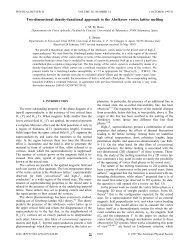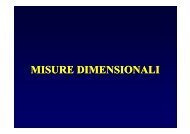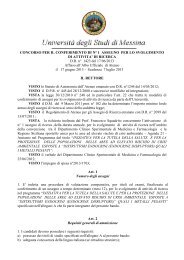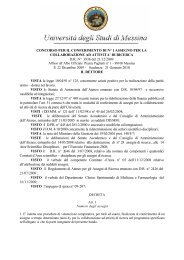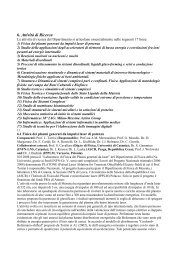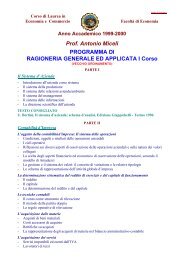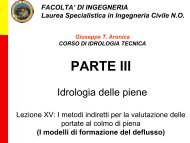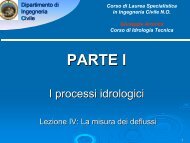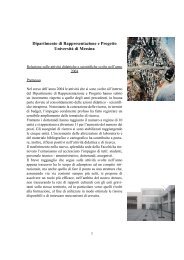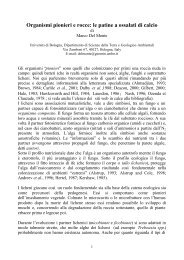PROGRAMME AND ABSTRACTS - Università degli Studi di Messina
PROGRAMME AND ABSTRACTS - Università degli Studi di Messina
PROGRAMME AND ABSTRACTS - Università degli Studi di Messina
You also want an ePaper? Increase the reach of your titles
YUMPU automatically turns print PDFs into web optimized ePapers that Google loves.
Miguel Herrero, Complutense University of Madrid, Spain<br />
Dionisismo y Cristianismo<br />
Las visiones modernas del orfismo están inevitablemente teñidas de la comparación, más o<br />
menos consciente, con el cristianismo. Esta inevitable aproximación no es casual, sino que<br />
tiene cierta base en las fuentes antiguas. A partir del siglo II d. C., también los apologistas<br />
cristianos, e incluso la resistencia pagana que reelabora la religión griega, vieron en la tra<strong>di</strong>ción<br />
órfica el pendant de la nueva religión. Los contactos y solapamientos entre ambas religiones<br />
hacían inevitable la toma de posición en un momento en que la autodefinición era la<br />
preocupación central de los teóricos de múltiples religiones en mutua competencia. Los autores<br />
antiguos, cristianos o no, a menudo presentan el orfismo como precedente, alternativa o plagio<br />
del cristianismo. Y de estas actitudes antiguas, enfrentadas en una polémica de la que surgen<br />
muchas de nuestras fuentes más importantes sobre el orfismo, son en parte herederas las<br />
concepciones modernas que tanto debate han provocado en el último siglo. En el panel se<br />
repasarán las principales fuentes antiguas que relacionan orfismo y cristianismo (Clemente de<br />
Alejandría, Orígenes, Lactancio) y el influjo de las proyecciones cristianas en las visiones<br />
modernas (Macchioro, Wilamowitz, Festugière, Dodds, entre otros).<br />
94<br />
Wed 16 th , 16.00, Classroom 8<br />
Clau<strong>di</strong>u Herteliu - Alexandru Isaic-Maniu - Tudorel Andrei- Bogdan Vasile Ileanu,<br />
University of Economics, Bucharest, Rumania<br />
The Implications of Self-Mentioned Religious Affiliation on the Social Elements. Case Study on<br />
Romanian Population<br />
In a country with a majority of 87% of the persons with self-mentioned religion as Eastern<br />
Orthodox, a split by this criteria could be considered as useless. Statistical information given<br />
by the National Institute of Statistics, NGO-s, Universities, other Research Institutes etc. show<br />
that there are significant religious <strong>di</strong>fferences in and between groups these groups regar<strong>di</strong>ng<br />
some social aspects such as: demographical behavior; spear time use , education, social relation<br />
etc. In this paper will be presented few significant associations obtained using some specific<br />
techniques of multivariate statistics using the analysis of data available about Romanian<br />
population.<br />
Bulcsu Hoppal, independent scholar, Budapest, Hungary<br />
Karl Kerenyi's Views on the Method of Religious <strong>Stu<strong>di</strong></strong>es<br />
Wed 16 th , 11.40, Classroom 12<br />
Karl Kerenyi, Hungarian religious and classical scholar, is one of the founders of modern<br />
stu<strong>di</strong>es in ancient, especially in Greek mythology. In his writings on classical Greek and<br />
Roman religion Kerenyi often rejected the evolutionist and phenomenological approaches in<br />
religious stu<strong>di</strong>es. Later, influenced by C. G. Jung's analytic theory of myths, he tried to<br />
understand the main figures of the classical history of religion in the framework of the theory




